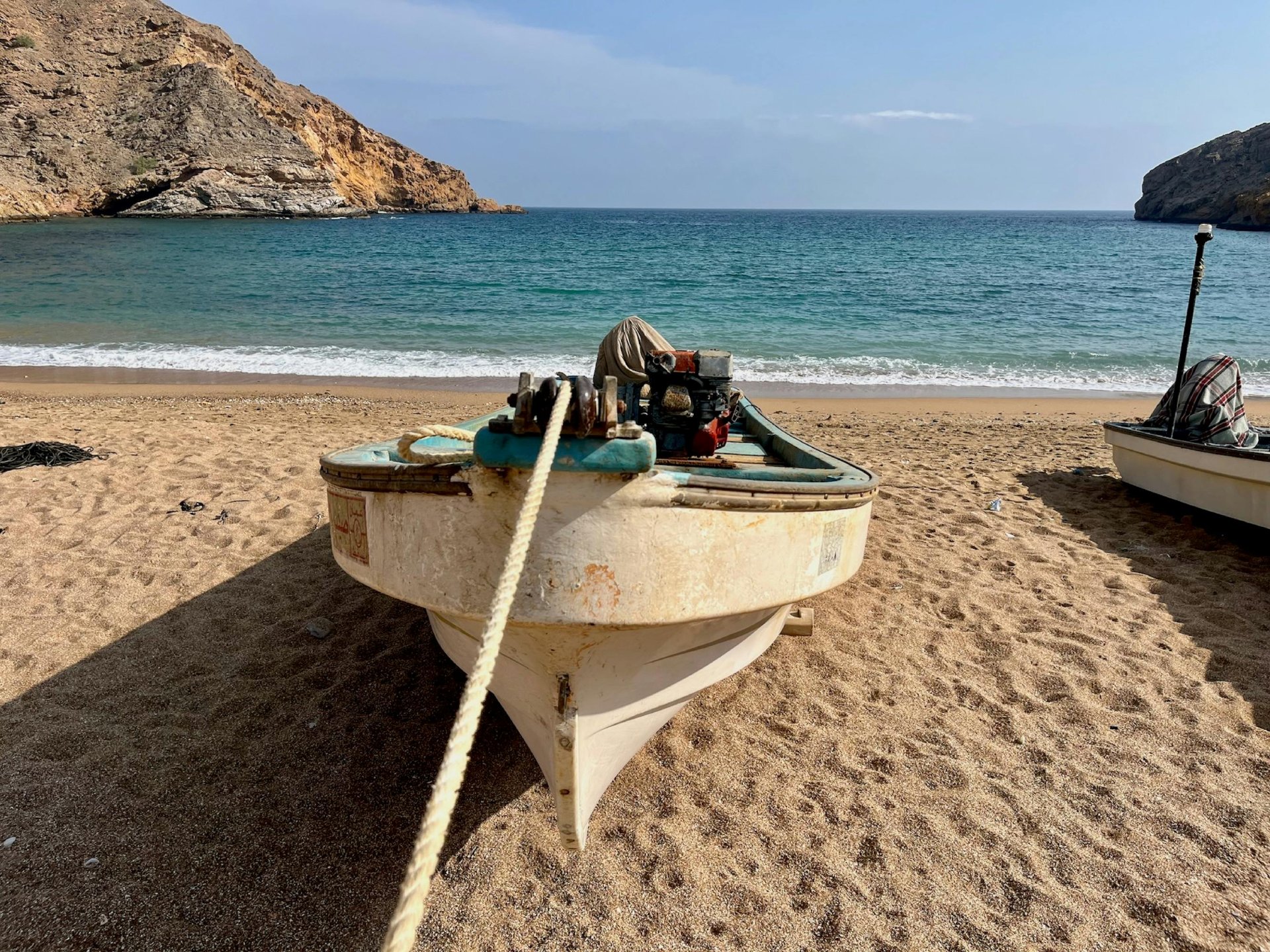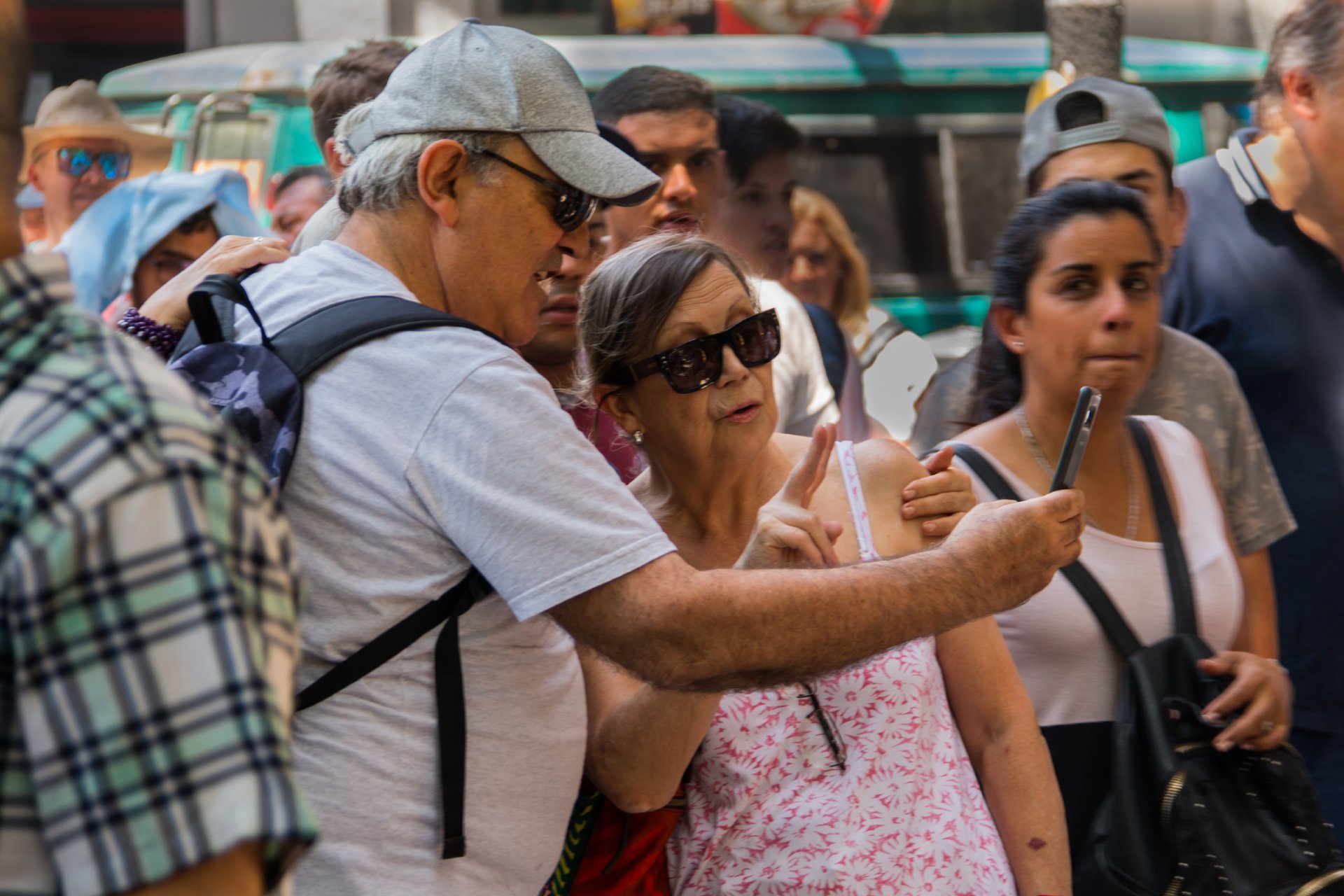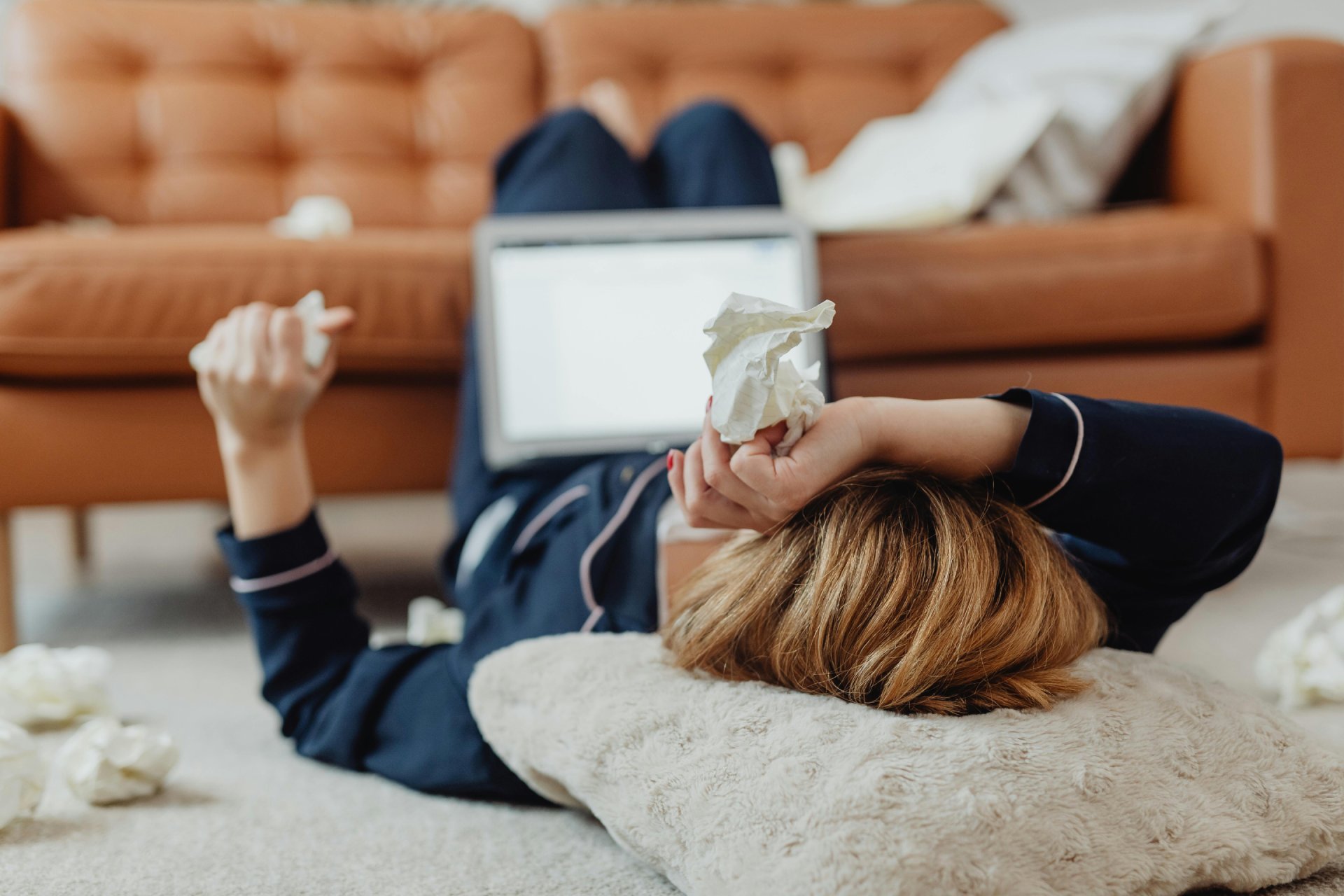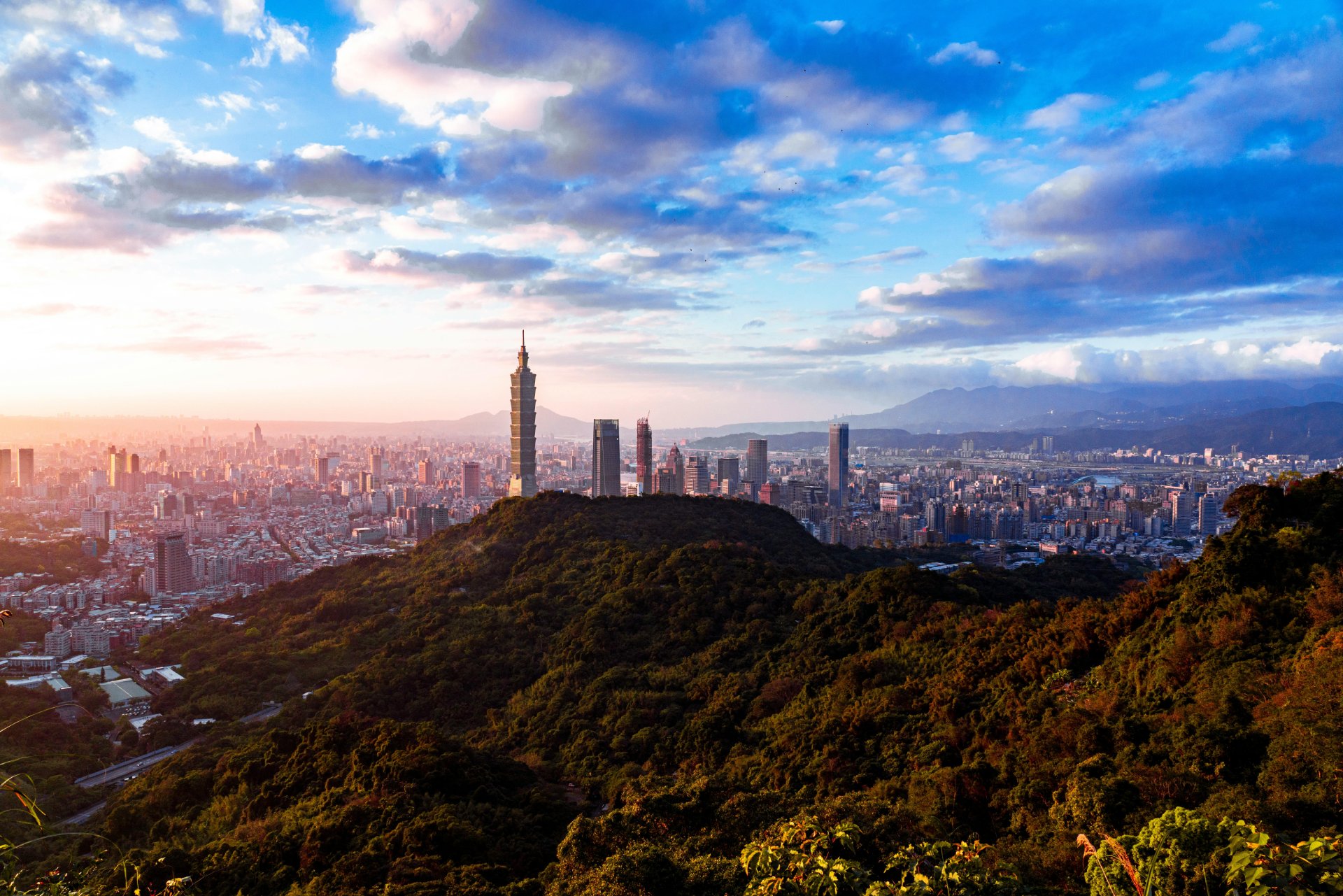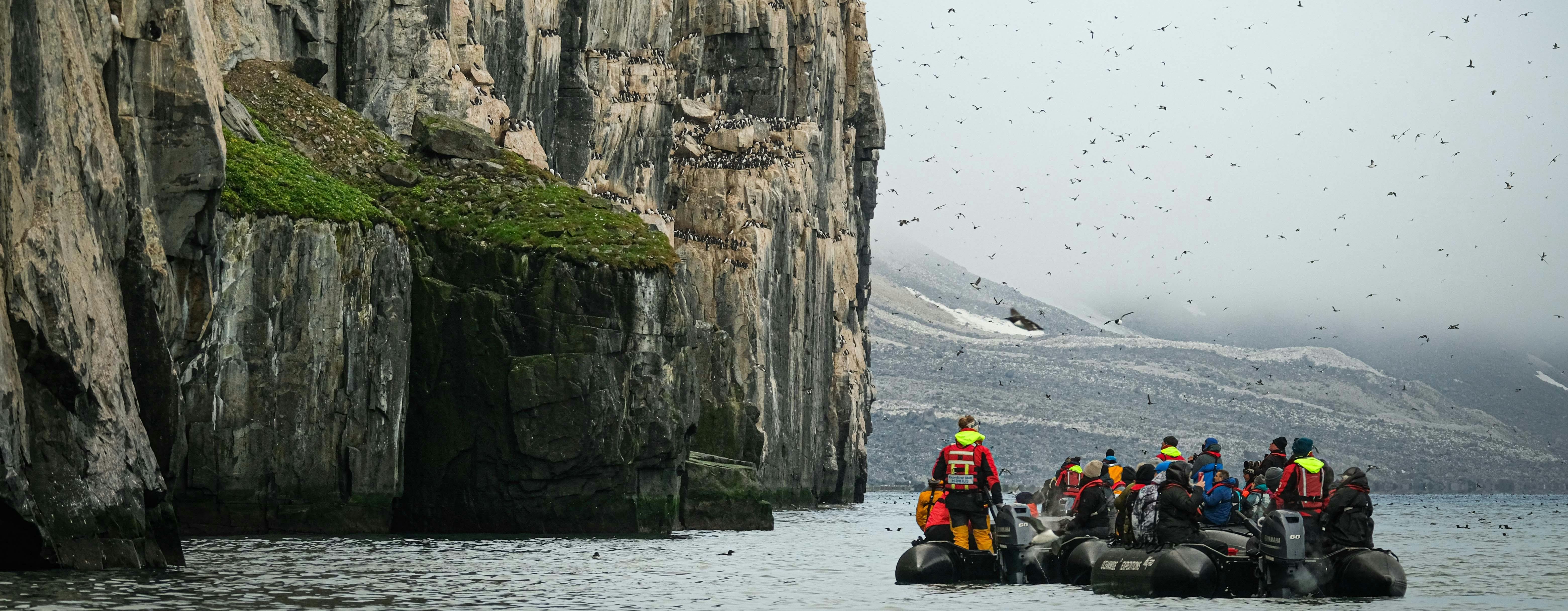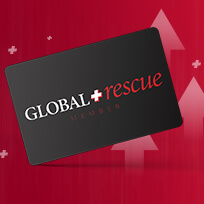There’s nothing worse than researching, planning and purchasing your dream trip — then spending most of your time in the bathroom with traveler’s diarrhea. It’s not uncommon. After all, traveler’s diarrhea is the number one trip killer worldwide.
While in Nepal, Jeff Weinstein was invited to a colleague’s house for dinner. “I was never so sick in my life,” Weinstein said. “The meal was cooked with their hands — no utensils — and eaten with our hands. I knew what was coming.”
It can also happen when you are hiking, trekking, climbing, camping — well, just about any time. A Global Rescue member battled altitude sickness and acute bacterial dysentery while at Mount Everest Base Camp and had to be evacuated by helicopter to the hospital and admitted for care. Another member called our medical operations team for advice — and the location of the nearest pharmacy — after five days of diarrhea in London.
Unfortunately, traveler’s diarrhea (TD) strikes 30 to 70% of travelers, according to the Centers for Disease Control and Prevention.
“When you travel to a place that’s remote to you, there’s a lot of germs your body is not used to. Something like traveler’s diarrhea and or a really bad case of food poisoning can become an emergency,” said Weinstein, medical operations supervisor at Global Rescue.
There’s a difference between a case of food poisoning you might experience at home and a bout of traveler’s diarrhea during a trip.
“Food poisoning usually happens because you ate something that wasn’t stored or cooked well. It feels like the flu, but the symptoms resolve on their own,” Weinstein said.
Traveler’s diarrhea hits harder because you don’t have immunity to the germs in the country you are visiting. The climate and the sanitary systems might be different, allowing bacterial pathogens, intestinal viruses and protozoal pathogens easier access to your water, food — and gastrointestinal system.
Poor hygiene practice in local restaurants is likely the largest contributor to the risk for TD, according to John Hopkins Medicine. This is especially true in the developing countries of Africa, the Middle East, Latin America and Asia. There’s lesser risk in Eastern Europe, South African and the Caribbean, and low risk in Northern and Western Europe, Japan, Canada, Australia, New Zealand and the United States.
[Related Reading: How to Stay Hydrated]
What Causes Traveler’s Diarrhea
In most cases, TD isn’t usually that serious — it’s just unpleasant, according to the Mayo Clinic.
To make sure a simple illness doesn’t ruin your trip, send you to the hospital, or require medical rescue, here are some ways to prevent traveler’s diarrhea:
- Drinking tap water is a major source of traveler’s diarrhea. If you have to drink tap water, make sure you purify it first. Global Rescue offers information about filtering and purifying water.
- Moist food at room temperature is also suspect. Skip the buffet and the condiments on the table. If you want to try street food, make sure it is well cooked and cooked in front of you.
- Stick to factory-sealed bottled water in hotels in restaurants. Decline the ice in your drink as well.
- Avoid leafy vegetables and sliced fruit — they may have been washed with water that hasn’t been boiled or chemically disinfected.
- Make sure hot beverages, like coffee or tea, are steaming hot.
- Drink canned or bottled drinks in their original containers — and break the seal yourself. Wipe off rim before pouring or drinking.
- No clean water to wash your hands? Use alcohol-based hand sanitizer containing at least 60 percent alcohol.
Treatment for Traveler’s Diarrhea
How long does traveler’s diarrhea last? According to the American Society for Microbiology, traveler’s diarrhea usually begins during the first week of travel and, without treatment, will last three to five days. You can have multiple episodes during one trip.
Global Rescue medical experts offer these suggestions for treatment:
- Drink fluids — boiled water, factory-sealed bottled water, broth or an oral hydration solution like Pedialyte — to replace the body fluid that has been lost. Hydration is your best line of defense.
- Avoid caffeine, as it tends to dehydrate. Eat a bland, easy-to-digest diet of complex carbohydrates: crackers, dry toast, plain noodles.
- Wipe down surfaces in your hotel room. Traveler’s diarrhea is contagious; pathogens can live for days on doorknobs and light switches.
- Over-the-counter remedies, like bismuth subsalicylate (Pepto-Bismol), can help. Hopefully a few doses are packed in your first aid kit, because purchasing Pepto may not be so easy overseas. It’s banned in France, and unavailable in Germany and Chile.
- If symptoms last longer than a week or you have a fever, see a doctor. You may need antibiotics.
[Related Reading: Things that are Illegal Overseas]
24/7 Medical Advisory Services
Global Rescue members always have medical assistance when traveling 100 miles away from home. Global Rescue’s 24/7/365 medical advisory service can help travelers find Pepto-Bismol, Imodium or a local alternative, or find a doctor that speaks your language and a local pharmacy to fill a prescription for you.



